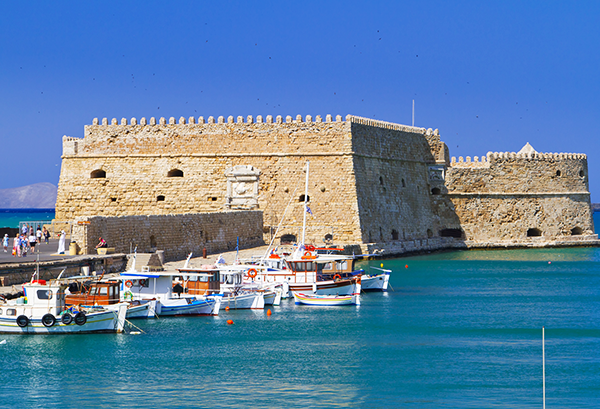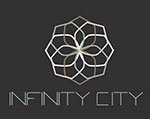EXPLORE
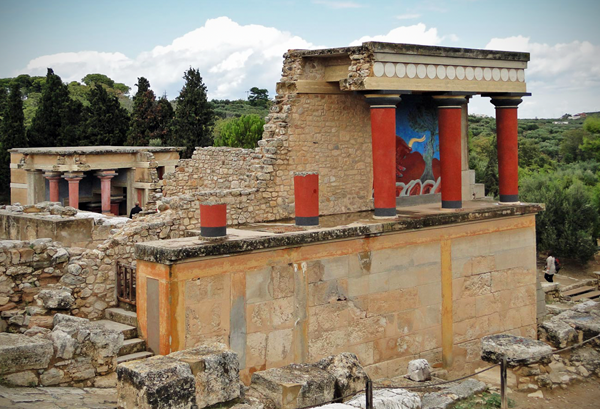
ANTIQUITIES & MUSEUMS
KNOSOS
Knossos is the heart of the Minoan civilization, according to tradition the seat of the legendary king Minos and the birthplace of thrilling stories, such as the myths of the Labyrinth with its Minotaur and of Daidalos and Icaros. The site was inhabited continuously from the Neolithic period (7000-3000 BC) until the late Antiquity. The Palace of Knossos is the largest (20,000 m²) and most spectacular of all the Minoan palatial centres. It has all the typical features of thearchitectural type established in ca. 1700 BC: four wings arranged around a rectangular.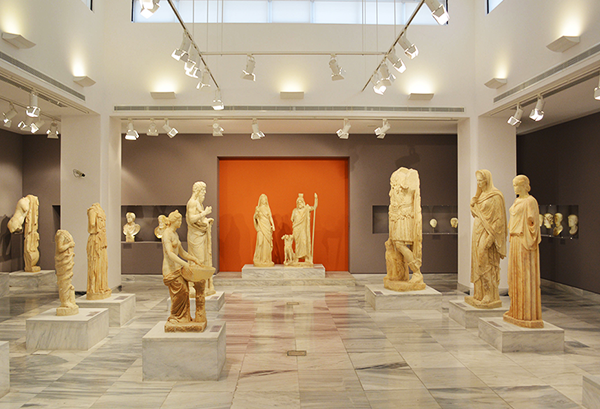
ANTIQUITIES & MUSEUMS
ARCHAEOLOGICAL MUSEUM
The Heraklion Archaeological Museum is regarded as one of Europe most mportant museums. The present building was constructed between 1933 and 1937 to plans by P. Karantinos. The museum brings together archaeological finds from all over Crete, covering over 5500 years of the island history. Pride of place is given to the treasures of Minoan civilisation, the entire historical course of which can thus be appreciated. Justly regarded as the home of Minoan civilisation par excellence, the museum houses the most important collection of Minoan antiquities the world over.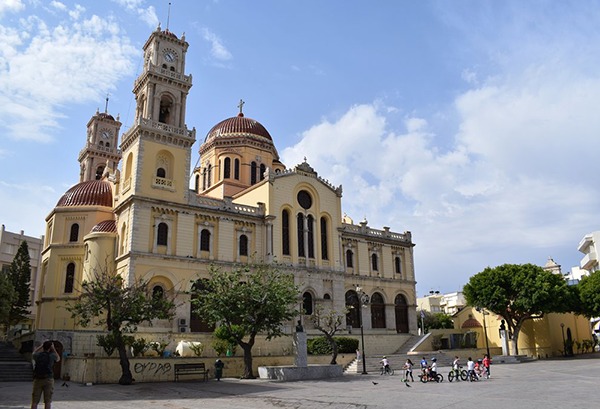
SIGHTSEEING
SAINT MINAS CATHREDRAL
The Agios Minas Cathedral is a Greek Orthodox Cathedral in Heraklion, serving as the seat of the Archbishop of Crete. It was built on March 25,1862 by theMetropolitan of Crete Dionysius of Adrianople Thrace. Its construction was interrupted during the Cretan Revolution of 1866 and finally completed at the beginning of 1895. The church was inaugurated on April 16, 1895 by Metropolitan Timothy A. of Crete. Saint Minas (Agios Minas in Greek) is the patron saint of Heraklion and his feast-day, on 11 November, is a public holiday.
SIGHTSEEING
AGIOS TITOS CHURCH
Probably the oldest church in Heraklion. The initial building was erected in the 10th century after the reconquest of Crete by the Byzantine general Nikiforos Fokas in 961 AD. It was a three-aisled Basilica measuring over 170 meters in length, being one of the longest Basilicas in Greece. The church was destroyed twice by earthquake and once by fire -in the 14th and 15th century-. It was rebuilt without any architectural changes and lived on as the main Catholic Church in Handax (modern Heraklion). Prominent locals were buried in the churchyard in the Byzantine, Venetian and Turkish period.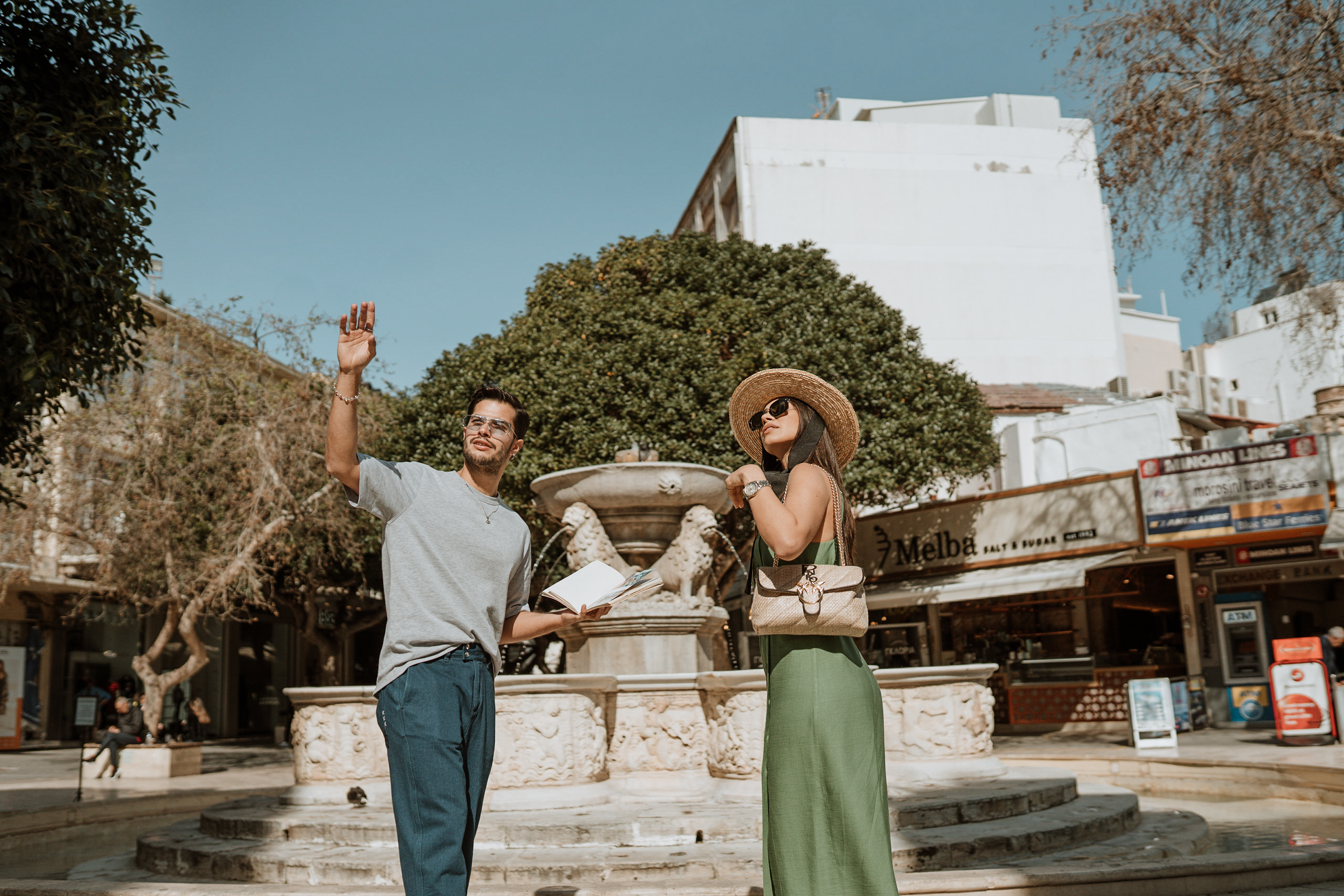
STROLLING AROUND
MOROSINI FOUNTAIN
The fountain of Morozini (known as Lions) is one of the nicest Venetian monuments of Candia (current Heraklion). The fountain was watered by the spring of Karidaki and the watered traveled about 15km in a gigantic aqueduct. The fountain takes its name after the Capitan Generale Francesco Morozini. During his rule, the aqueduct was constructed to water the thursty town of Candia. Till then, most water came from wells and rain-storage tanks. The aqueduct was inaugurated on April 25th, 1628, i.e. on the feast day o Saint Mark, the protector of Venice.